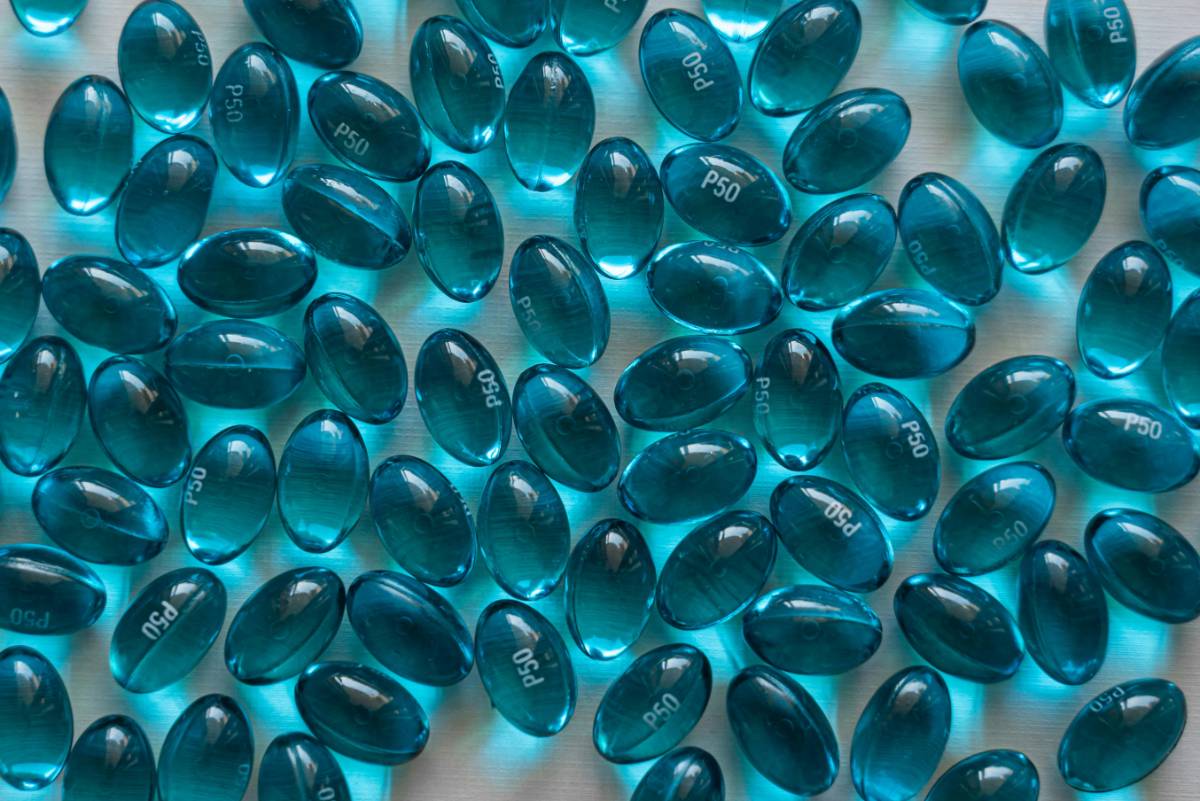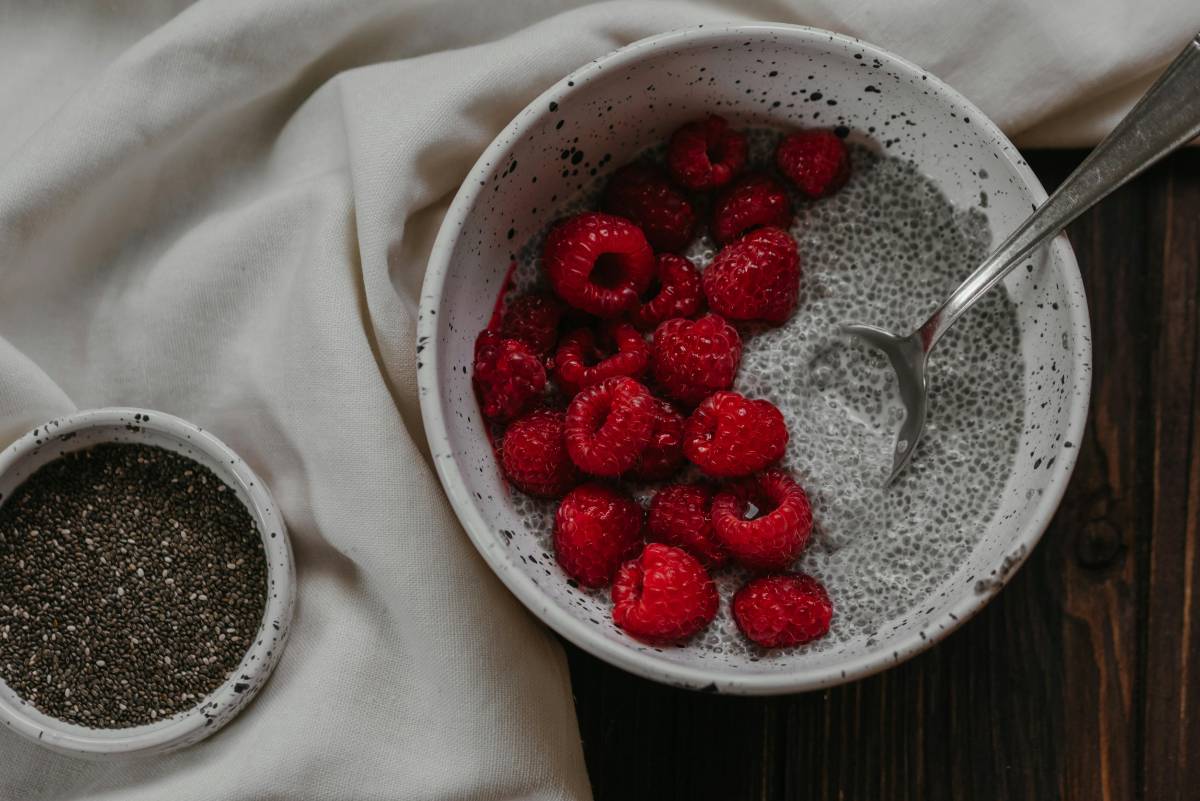The Role of Electrolytes in Hydration

4 min read
|15 Apr 2025Hydration is more than just drinking water; it involves maintaining the right balance of fluids and electrolytes in your body. Electrolytes are minerals that carry an electric charge and are vital for various bodily functions. They include sodium, potassium, calcium, magnesium, chloride, and phosphate, all of which play crucial roles in hydration and overall health.
What Are Electrolytes? Electrolytes are minerals that dissolve in water and conduct electricity, making them essential for nerve function, muscle contraction, and fluid balance. When you sweat, urinate, or engage in physical activity, your body loses not only water but also electrolytes. Replenishing these electrolytes is critical to maintaining proper hydration levels and ensuring your body's systems function optimally.
The Importance of Sodium: Sodium is one of the most important electrolytes for maintaining fluid balance. It helps regulate the amount of water in and around your cells. Sodium is essential for muscle function and nerve transmission. However, too much sodium can lead to high blood pressure and other health issues, so it's important to maintain a balanced intake.
Potassium and Hydration: Potassium works closely with sodium to maintain fluid balance, nerve function, and muscle contraction. It also helps regulate your heartbeat. Potassium is found in foods like bananas, potatoes, and spinach. A deficiency in potassium can lead to muscle cramps, weakness, and irregular heartbeats.
Calcium and Muscle Function: Calcium is essential for muscle function, nerve signaling, and blood clotting. It also plays a role in maintaining strong bones. When it comes to hydration, calcium helps regulate muscle contractions, including the heart muscle. Dairy products, leafy greens, and fortified foods are good sources of calcium.
Magnesium's Role in Hydration: Magnesium is involved in over 300 biochemical reactions in the body, including those related to muscle and nerve function. It also helps regulate blood pressure and supports a healthy immune system. Magnesium can be found in nuts, seeds, whole grains, and leafy green vegetables.
Chloride and Fluid Balance: Chloride works with sodium to maintain fluid balance in the body. It is also essential for producing stomach acid, which helps with digestion. Chloride is found in table salt and many processed foods. Maintaining the right balance of chloride is important for overall hydration and digestive health.
The Balance of Electrolytes: Proper hydration involves more than just drinking water; it requires a balance of electrolytes to ensure your body's cells function correctly. When you sweat, you lose both water and electrolytes, which need to be replenished to avoid dehydration, muscle cramps, and other issues.
Electrolyte Imbalance: An imbalance of electrolytes can occur when there is either too much or too little of a particular mineral. Symptoms of an electrolyte imbalance can include fatigue, headaches, dizziness, irregular heartbeat, and muscle weakness. In severe cases, an electrolyte imbalance can lead to more serious health issues like seizures or kidney problems.
How to Replenish Electrolytes: Replenishing electrolytes is especially important during periods of intense physical activity, illness, or hot weather. Sports drinks, coconut water, and electrolyte tablets are popular options for replenishing electrolytes. However, many natural foods like bananas, avocados, and yogurt are also excellent sources of electrolytes.
Conclusion: Electrolytes play a vital role in maintaining proper hydration and overall health. Ensuring you have a balanced intake of sodium, potassium, calcium, magnesium, and chloride is key to keeping your body hydrated and functioning optimally. Whether you're exercising, recovering from an illness, or just going about your daily activities, paying attention to your electrolyte balance can help you stay healthy and hydrated.
MORE ARTICLES

4 min read | 26 Apr 2025
Natural Supplements to Support Metabolism
Supporting a healthy metabolism is key for managing weight, energy levels, and overall well-being. While a balanced diet and regular exercise are fundamental, natural supplements can also play a role in boosting metabolic function. Here are some natural supplements known for their potential to support metabolism.

3 min read | 25 Apr 2025
Potential Side Effects of Common Weight Loss Supplements
Weight loss supplements are often marketed as quick fixes to shed pounds and achieve your fitness goals. While some may offer benefits, they can also come with potential side effects. Understanding these side effects is crucial for making informed choices about your weight loss strategy.

3 min read | 24 Apr 2025
Are Meal Replacement Shakes Effective for Weight Loss?
Meal replacement shakes have become a popular choice for those looking to lose weight or manage their nutrition conveniently. But how effective are they for weight loss? Let’s explore the benefits and potential drawbacks of incorporating these shakes into your diet.

3 min read | 23 Apr 2025
The Science Behind Fat-Burning Supplements
Fat-burning supplements are popular among those seeking to enhance their weight loss efforts, but understanding their science is essential for making informed choices. Here’s a deep dive into how these supplements work and what you need to know before using them.

5 min read | 22 Apr 2025
How to Choose the Right Multivitamin for Weight Management
Choosing the right multivitamin can be a crucial aspect of a weight management plan. While multivitamins are not a substitute for a healthy diet, they can support overall health and help fill nutritional gaps that may impact weight management. Here's a guide to help you select the best multivitamin for your needs.

5 min read | 21 Apr 2025
The Role of Protein Supplements in Weight Loss
Protein supplements are a popular choice for those looking to lose weight and build muscle. They come in various forms, including powders, shakes, and bars, and can play a significant role in a weight loss plan. Here's a closer look at how protein supplements can aid in weight loss and how to use them effectively.
RECENT POSTS
1
HIIT Workouts for Burning Fat Quickly
4 min read | 02 Apr 20252
Creating a Beginner-Friendly HIIT Routine
3 min read | 01 Apr 20253
What is HIIT and Why is it Effective?
5 min read | 31 Mar 20254
How Flexibility Training Can Enhance Strength Workouts
3 min read | 30 Mar 20255
Creating a Daily Stretching Routine for Better Mobility
3 min read | 29 Mar 20256
Common Stretching Mistakes and How to Avoid Them
5 min read | 28 Mar 2025MORE POSTS

Healthy Snack Options That Support Weight Loss
2 min read | 27 May 2025
The Benefits of Intermittent Fasting for Weight Management
3 min read | 26 May 2025
How to Incorporate More Vegetables into Your Diet for Weight Loss
2 min read | 25 May 2025
Top 10 Weight Loss Myths Debunked
5 min read | 24 May 2025
Mindful Eating: How to Avoid Overeating
5 min read | 23 May 2025
